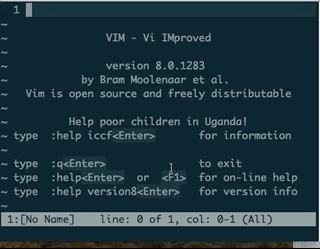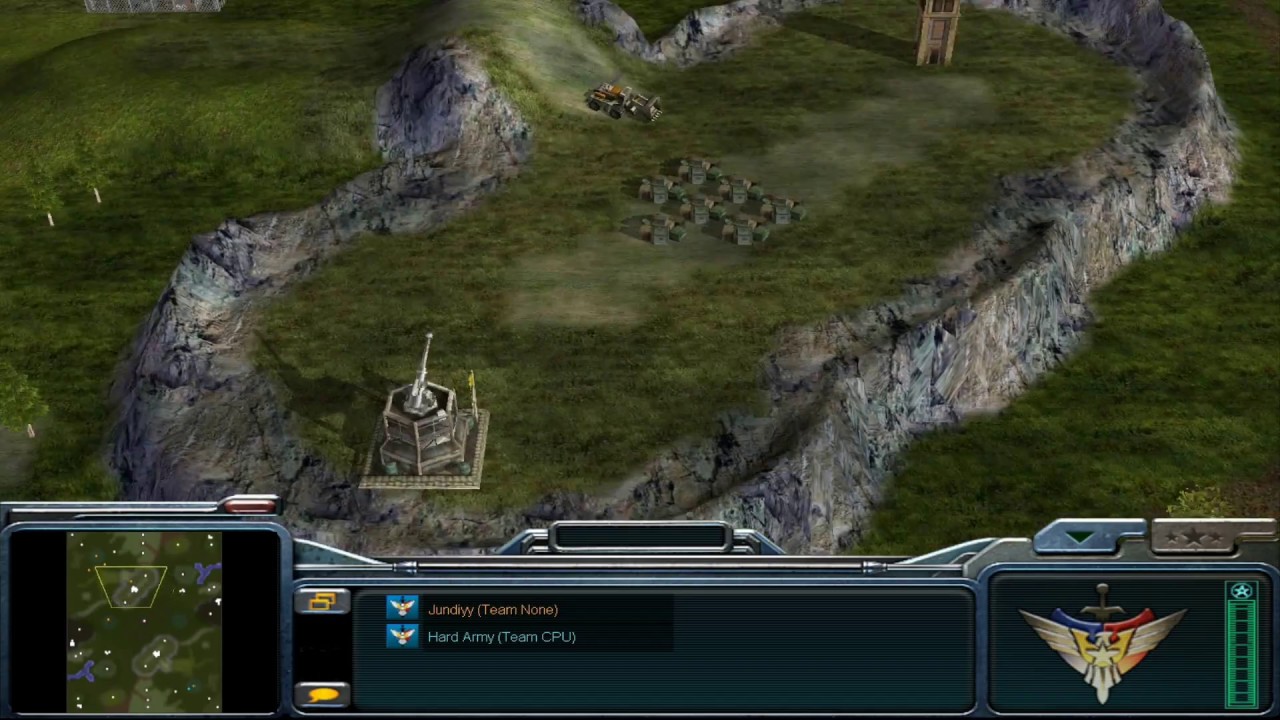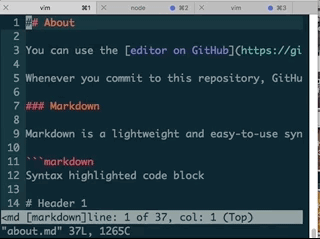

Trying to understand what I could gain from using Ctrlp. I currently use :e **/filename or :b filename to open files. I set mine up to work like VisualAssist (search filenames instead of paths and use space as a token separator): let g:ctrlp_by_filename = 1 Lots of options: If you don't like the fuzzy matching, you can use regex instead. ctrlp searches up the directory tree from the current file to find filelist. I even have other filelists in the root of the tools source if I'm actually working on a tool. I generate my filelist when I sync to latest and setup ctrlp like this: if has("win32")

Also, not using the filelist is slow for me on Windows. My filelist is 10000 lines and it's only the source files I care about (instead of the source for our tools and other junk that we have in our source tree). ctrlp-register lets you search through your registers.Ĭontrol your set of files: I also use g:ctrlp_user_command to make ctrlp use a static file instead of searching my disk for a file list. ctrlp-funky lets you jump to a function in the current file (like Alt-m in VisualAssist). Just using vim history to find the :e command wouldn't work since my working dir changes often (different files/projects/blahblah).Ĭommon interface for searching: I also really like that I can use the same interface for any kind of searching. MRU: I don't think vim has any most recently used system, which is one of the features I love from Ctrlp ( :CtrlPMRU). Incsearch, but for files: Best feature ctrlp has over :e is find as you type.

The time constraints most certainly have something to do with that. That said, it is very important for me to not depend on plugins and, even if I think they are less comfortable than CtrlP, I keep using built-in commands everyday: :e **/*, gb as in nnoremap gb :ls:sb, :ts *user…Īs a matter of fact, I discovered the other day that I tend to have two usage patterns: when I work "seriously" on some project I use CtrlP exclusively but, when I do some "freeform" activity, I tend to use built-in commands instead. And the :CtrlPBufTag and :CtrlPTag commands alone are pure gold. ,fbar is generally faster than :e **/*bar and it's also quicker and easier to revise/refine my query.ĬtrlP is obviously not the first or the only plugin to provide such a feature but, IMO, it's the one with the best design.

The great objective benefit of fuzzy matching is in the fact that my "idea" can be conceived and refined in an incremental way. Overall, I find the CtrlP UX globally more consistant than the native Vim UX and also a little less expansive in terms of braincycles. The advantages of those commands over built-in ones are mainly subjective. Here are my custom mappings, more or less ranked by usage: nnoremap f :CtrlP CtrlP is even better than TextMate's features, in my opinion, because of its versatility and the simple fact that it is not (but can be) limited to the current project. I love CtrlP (and LustyExplorer before) because it is very close in spirit both to the Cmd+T and Shift+Cmd+T shortcuts that I used extensively in my TextMate days and to Quicksilver.


 0 kommentar(er)
0 kommentar(er)
